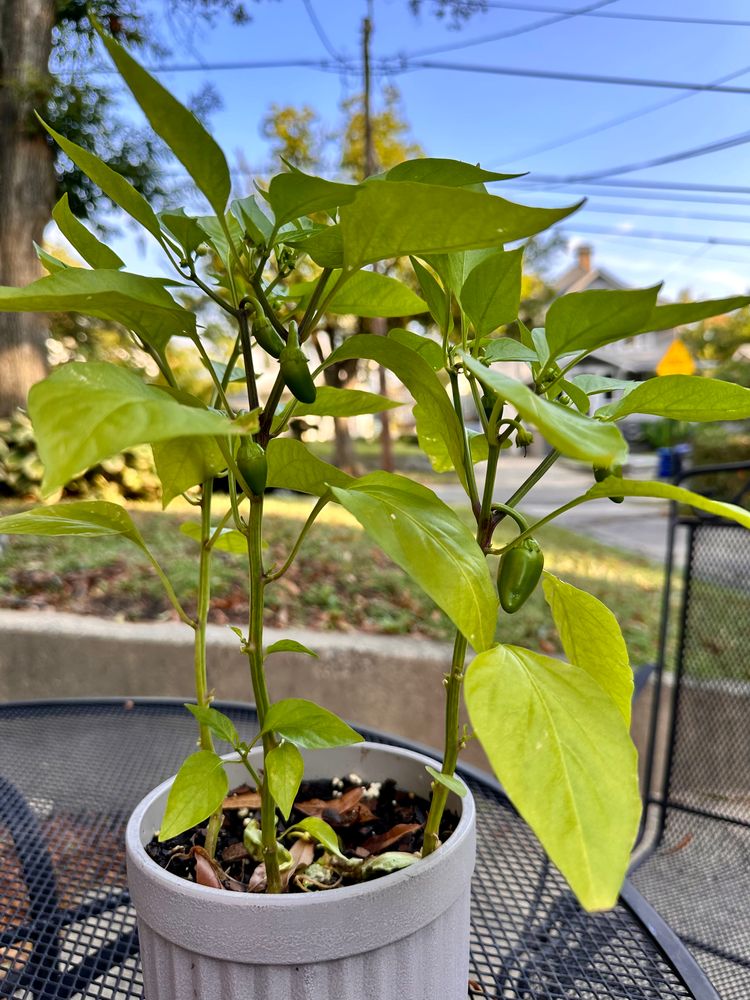Open Communion at The Table
The Table Church practices open Communion, open even to those who don't follow Christianity. When we offer Communion we say, "Anyone who seeks the grace of God is welcome to this table."
Traditionally there have been 3 positions on whom is allowed to participate in Communion: open (available to anyone who wants it); fenced (those who are Christians); and closed (available to those within a particular denomination, common in Catholic and Lutheran circles).
Early in church history (around the 100-200's) "fencing the (Communion) table" was common. In fact churches would at times erect a physical barrier to divide those who had been baptized and those who had not yet. Communion was available to those who had gone through 6-12 months of training on the Christian faith and received baptism. While this sounds exclusive today, keep in mind that for the first three centuries of the church's existence, being known as a Christian could cost you your social status, ability to trade in the marketplace, and even your life. It was not a decision to be taken lightly.
This practice of fencing the table was widespread (with some exceptions). John Wesley—who founded the Methodist movement—was among the first modern reformer who practiced an open table (though how open people debate today. Scholars have to get their PhDs in something!) He saw the ministry of Jesus as available to anyone; the Last Supper was made available even to Judas. And Jesus made communion-like meals available to thousands (see the similar language of the feeding of the 5 and 4,000: "Jesus took the bread, gave thanks, and broke it;" see Jesus meal with the 2 disciples on the road to Emmaus, 2 disciples who had walked away from Jerusalem due to their lack of belief).
1 Cor 11 is something to take into consideration. In short, this passage is about wealth inequity in the church.
The context of the discussion starts in vv. 17-22. Paul states that the Corinthians gatherings, "Do more harm than good" because "there are divisions among you." The divisions are between the rich and the poor. "For when you are eating, some of you [the rich] go ahead with your own private suppers. As a result, one person remains hungry [the poor] and another gets drunk [the rich]. Don’t you [rich] have homes to eat and drink in? Or do you despise the church of God by humiliating those who have nothing?"
To the extent that Communion becomes a way to show off who has wealth ("Look at this sumptuous food and wine we can afford") and who does not ("We have crumbs and juice"), then the church is having Communion in "an unworthy manner."
Verse 27 is confusing because Paul combines the two primary New Testament metaphors for Christ's body: 1) Bread and Wine as body and blood; and 2) The church as the body of Christ. Paul says, "Whoever eats the bread or drinks the cup [i.e. Communion] in an unworthy manner will be answering for the body and blood of the Lord [i.e. the church itself, see 1 Cor. 12]." In other words, if you start eating a feast of Communion and ignore the people who are right there, you're missing the point.
Moreover, this chapter does NOT say that God is striking people dead because they eat communion "unworthily," even though that's how many have been taught to read it. Rather, Paul is pointing out the extreme inequity between the rich and the poor in the church. The wealthy who eat "without honoring the body of Christ" (v. 29) are being high-capacity consumers, ignoring the rest of the church, specifically the poor. This is why people are growing "weak and sick and some have even died." It's not God killing people for taking Communion who aren't "supposed" to. It's because the wealthy keep eating, and the poor keep starving. That's why Paul is so upset. Getting Communion so badly wrong could literally mean lives are the line.





Member discussion